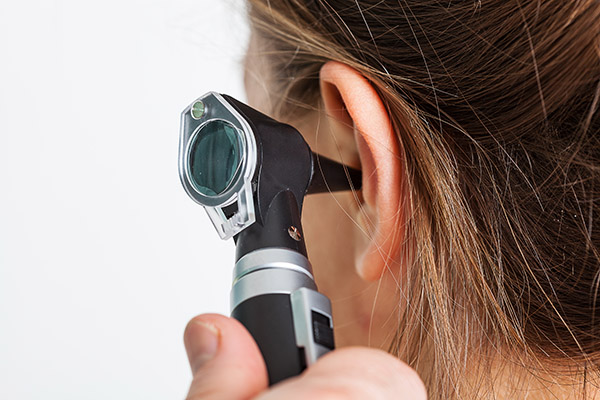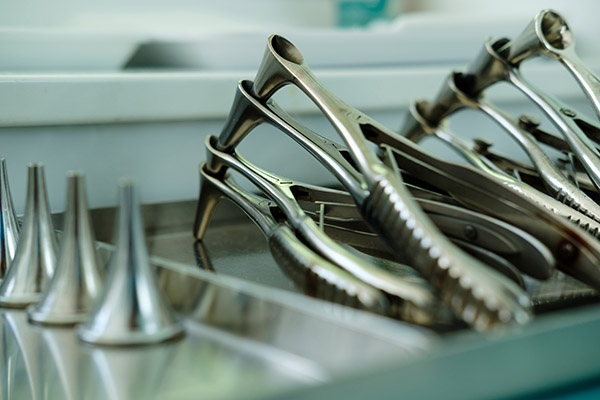Ears
Ear Infections

Any of the following symptoms, including discomfort, ear drainage, diminished hearing or a muffled sensation in the ear, ringing in the ear, or dizziness, could indicate an ear infection.
An Otolaryngologist will use a microscope and micro instruments to clear any infectious material or drainage. A cluster of the discharge may occasionally be sent to a lab.
You can be given oral antibiotics or antibiotic ear drops, depending on the diagnosis. Different drugs may be utilized because some illnesses are brought on by fungus and cannot be treated with antibiotics. Treatment in a hospital or operating room may be necessary for severe infections affecting the skull base (skull base osteomyelitis) or the bone behind the ear (mastoiditis).
Placing PE tubes inside the ear drum can help with therapy and stop recurrent infections in cases of recurrent otitis media. Children frequently receive this treatment, although adults might also receive it. This quick procedure can be performed in the office under topical anesthetic.
Ear Wax

Some people have excessive wax production or skin conditions that make their ear wax dry and challenging to remove. You could have hearing loss or ear pain if wax obstructs the ear canal. In these situations, the wax needs to be carefully removed by a skilled Otolaryngologist.
A doctor looking into the ear canal with a microscope is the safest approach to remove ear wax. This enables the physician to use both hands to delicately remove wax using tiny micro tools while preventing damage to the eardrum or canal skin.
We do not advise flushing the ear canal with water to get rid of wax. Without clear canal sight,when water irrigation is performed, endangering the eardrum. A buildup of water beneath the wax might sometimes result in an ear infection.
Hearing Loss
You can have hearing loss at any age. Children who test positive for hearing loss on routine hearing screens should also get an evaluation by an ear, nose, and throat doctor and a more complete hearing test by an audiologist. Congenital hearing loss can be brought on by prenatal medication or virus exposure, genetic syndromes, or both.
A single exceptionally loud sound (such as an explosion or gunshot) or repeated loud sound exposures can both cause noise-induced hearing loss (machinery, construction sites, concerts, stadiums). Hearing loss brought on by noise can occur suddenly or over time. People who have worked in noisy environments or served in the military frequently experience it. Ringing in the ears is a common symptom in those who have hearing loss brought on by noise.
A person experiences sudden sensorineural hearing loss when they lose their hearing, typically in one ear, without any obvious cause. While the precise etiology of this kind of hearing loss is unknown, several ideas point to an inner ear viral infection. When this occurs, some people experience dizziness as well. It’s crucial to consult an ear, nose, and throat doctor right away once you suddenly lose hearing in one or both of your ears.
The likelihood of restoring your hearing can be increased with therapy using anti-inflammatory steroid medicine if a hearing test reveals the presence of the condition. We provide the most recent method of treating acute hearing loss, which entails injecting topical steroids into the inner ear through a tiny eardrum incision (intratympanic injection). The likelihood that hearing will return is considerably increased by this in-office procedure that uses a topical anesthetic.

This kind of hearing loss typically affects high frequencies and progresses gradually. It is best treated with a hearing aid and is brought on by damage to the sensory nerve cells in the inner ear. With this kind of hearing loss, tinnitus is frequently present.
There are several other ear diseases that can have hearing loss as a symptom:
- Meniere’s Disease
- Otosclerosis
- Acoustic Neuroma/Vestibular Schwannoma
- Semicircular Canal Dehiscence
- Serous Otitis Media
- Glomus Tumors
- Congenital Aural Atresia
